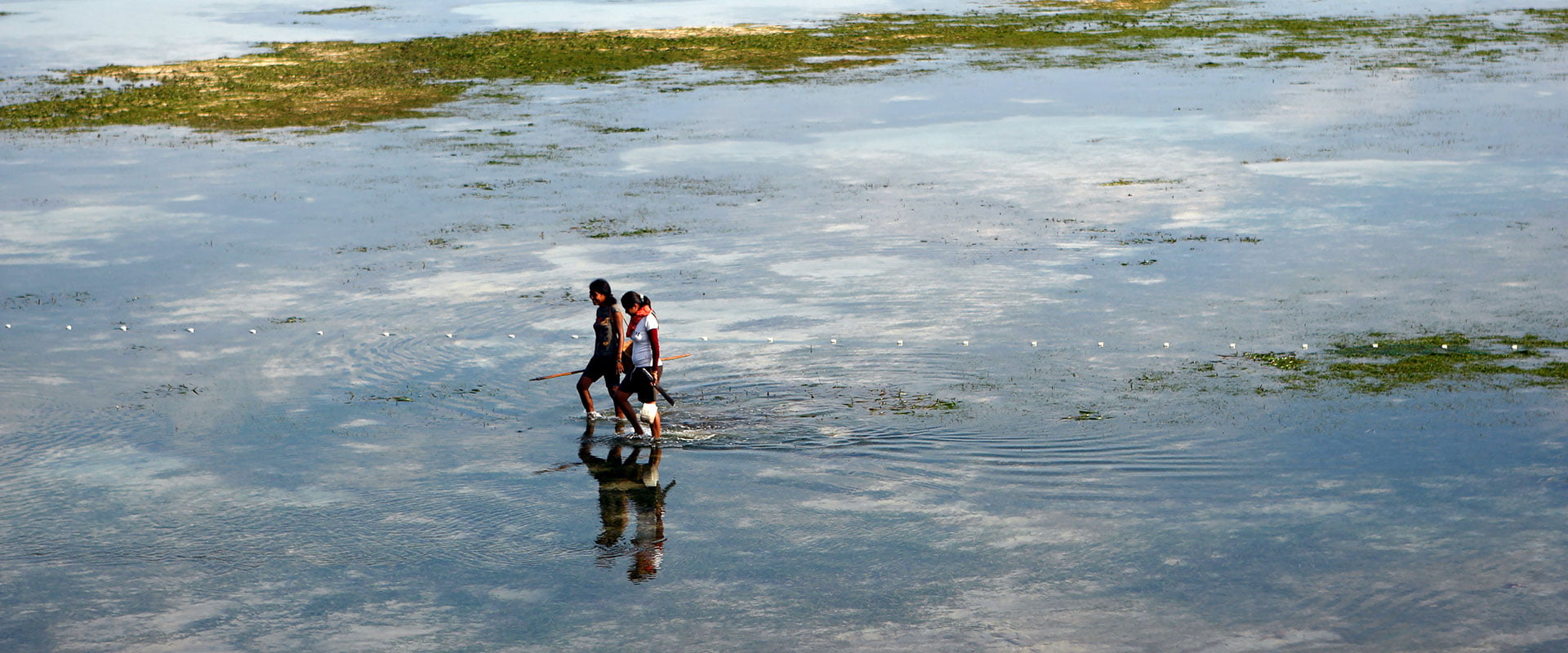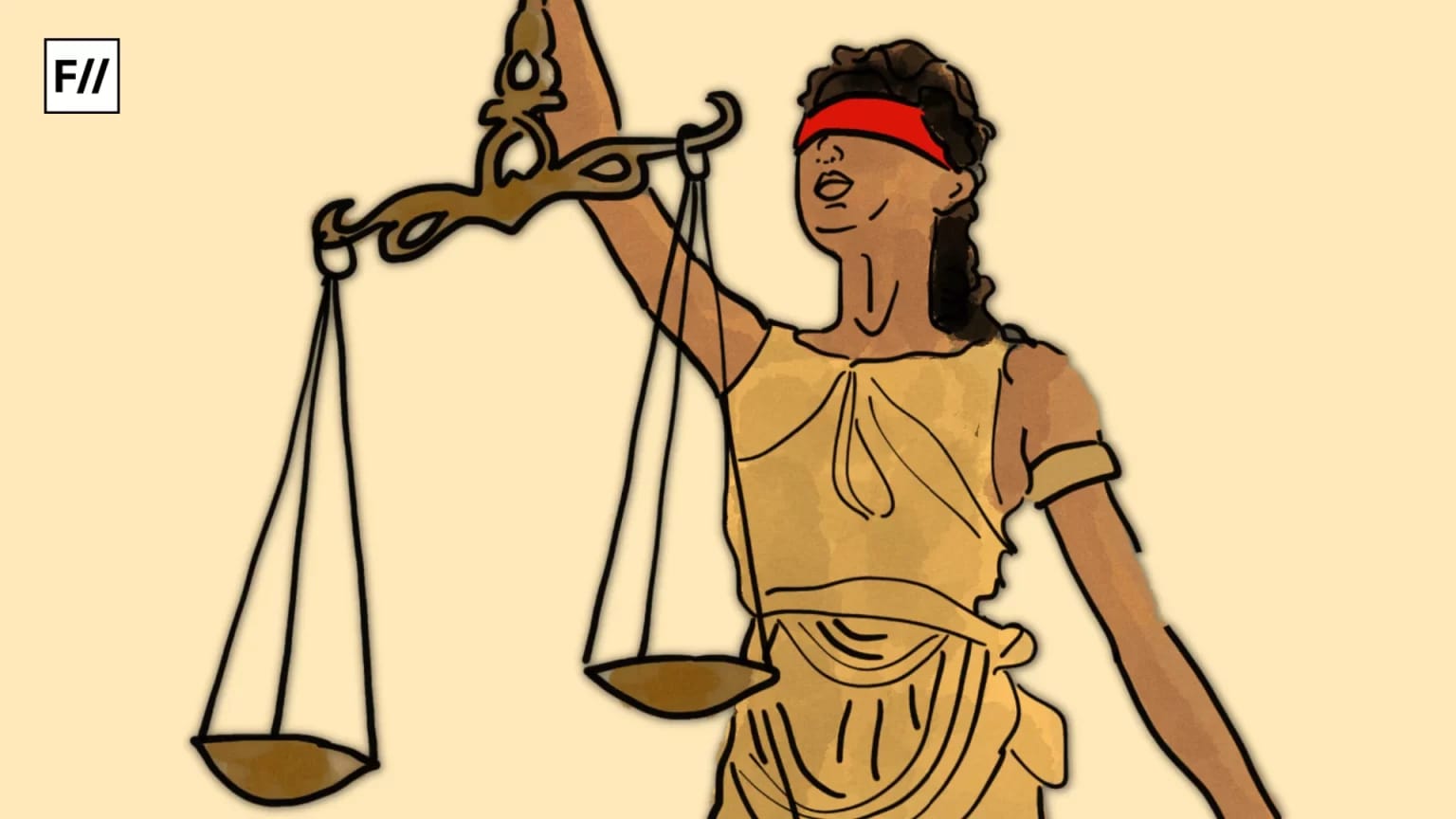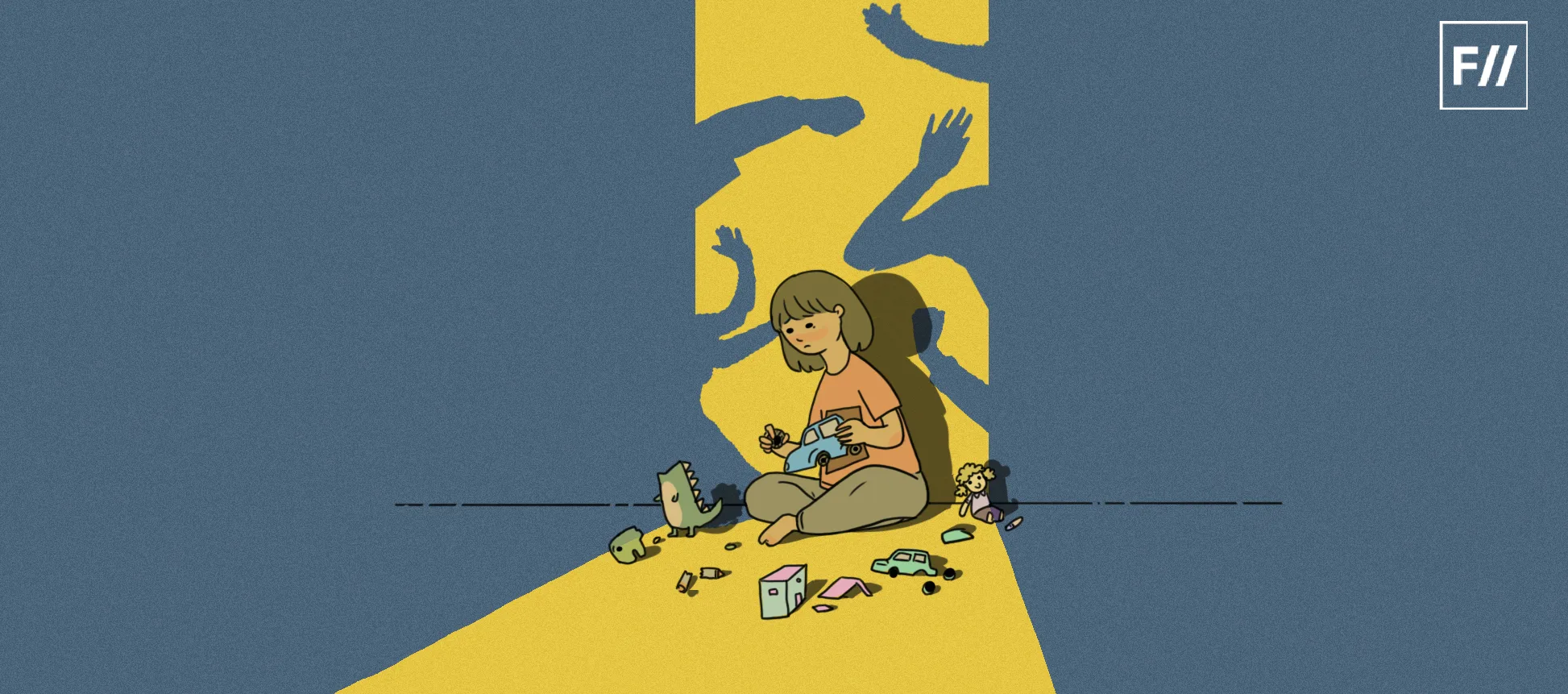“It is grossly unfair that the world’s poorest should suffer the most from the consequences of climate change, to which they have contributed the least,” Denmark’s Development Minister Mortensen commented on the decision. “With this new agreement, we are putting action behind words.”
At the 15th Conference of the Parties Climate Summit, developed nations agreed to raise 100 billion in USD each year by 2020. However, we’re soon approaching the 27th COP Climate Summit this November—with little progress to show.
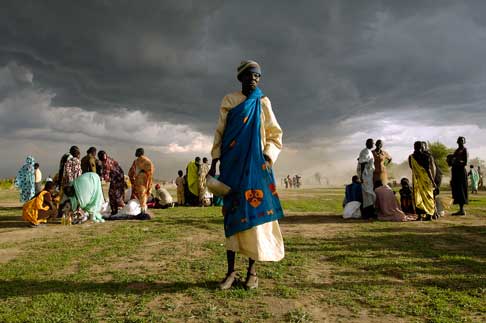
A small silver lining has recently presented itself when the Denmark government “set the ball rolling” by delivering funds to climate-vulnerable regions, such as the Sahel region in northwestern Africa. This comes a year after Scotland (non-UN member state) announced their symbolic contribution of 9 crores during COP26. These sums, albeit tiny in comparison to the loss experienced by MAPA around the world, ought to nudge other developed countries and privileged world leaders to follow suit.
Why climate finance?
The United Nations Framework Convention on Climate Change (UNFCCC) puts forth a definition for this economic endeavour: ‘Climate finance aims at reducing emissions, and enhancing sinks of greenhouse gases and aims at reducing vulnerability of, and maintaining and increasing the resilience of, human and ecological systems to negative climate change impacts’ (Standing Committee on Finance, 2014)
Adivasi and koli communities losing their homes due to environmental degradation, the homeless struggling through heat waves, the socio-economically disadvantaged being unable to adapt, endangered non-human species being displaced, and every marginalised entity/identity facing the brunt of climate disasters.
In simpler terms, climate finance works by re-allocating funding to ameliorating sustainability within economies and societies. Within the loss-and-damage context, it refers to the compensation, made by those who have created a greater negative climate impact, to those who bear the negative impacts.
MAPA (Most Affected People & Areas) consists of those regions and communities that are highly impacted by the climate crisis. This includes: adivasi and koli communities losing their homes due to environmental degradation, the homeless struggling through heat waves, the socio-economically disadvantaged being unable to adapt, endangered non-human species being displaced, and every marginalised entity/identity facing the brunt of climate disasters.
Increasingly, governments and corporations have come under fire for not owning up to the large-scale negative impacts they are causing. With their positions within the power, privilege, responsibility framework, their proposed solutions are to provide funding to MAPA who need it.
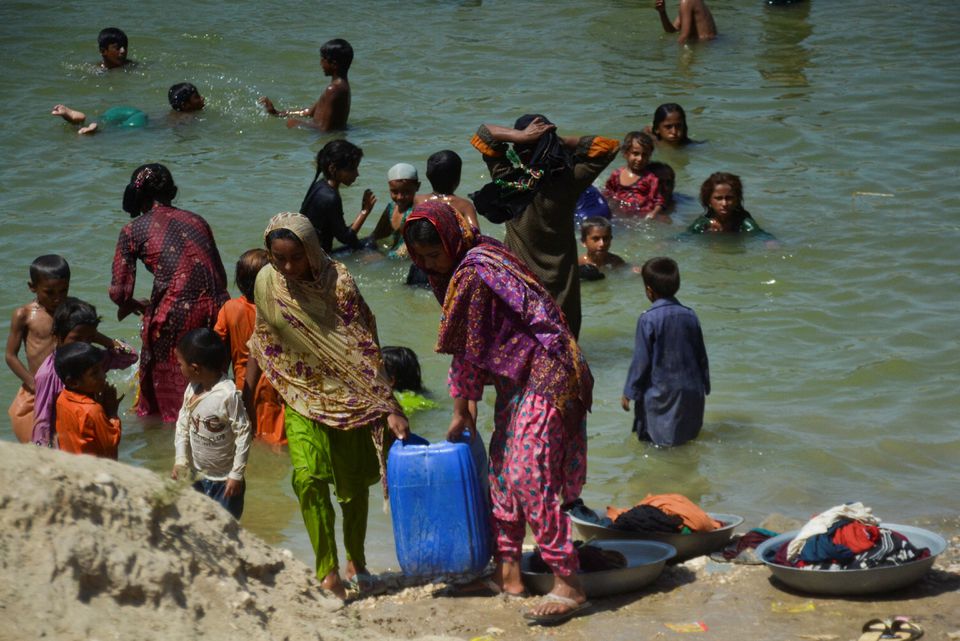
At first glance, this is far better than mere superficial solidarity blah blah blah—genuine grassroots funding can enable on-ground action. When delivered directly to community-centric NGOs, mitigation strategies, and/or initiatives focused on climate education, food security, sustainable housing etc., the impact can be exponential.
Yet, the extent to which it can generate a positive impact is determined on the intersectionality of its policies and the ethics of its foundation.
Muddled-up money
Finance is always treated with scepticism—and, perhaps, rightly so. When opulent cash flows are fraught with fraudulence and corruption, we tend to treat ‘charity’ with caution.
Of foremost importance is to not consider climate finance to be ‘charity.’ It is, rightfully, just compensation. Those who are responsible for the climate crisis should be the ones to pay.
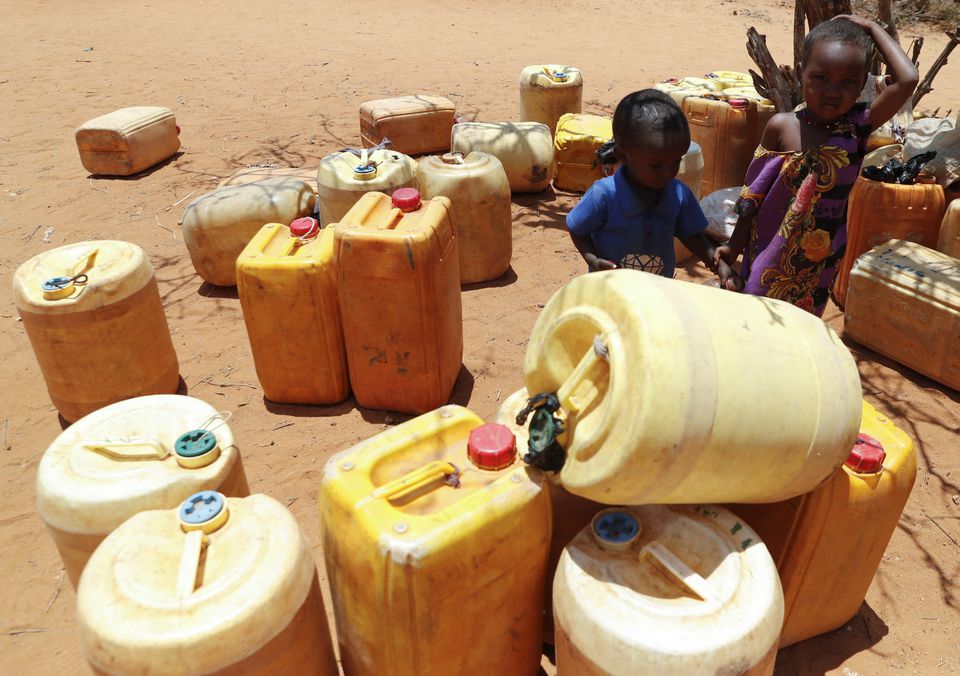
Yet, there is little research, transparency, and direct responses to explicitly show the link between aid and action, particularly with lengthier passageways (as in international aid). This can lead to a dilemma of conflicted interests.
Marginalised genders have been and continue to be exploited by misogynistic materialist values, our environment too gets reduced to its “usefulness” to the privileged.
Is all of that money truly being used for the desired action? Is the desired action actually productive to resolving climate damage? And most importantly, who is receiving the money, who is in-charge and who is calling the shots?
Sometimes, the people managing the finance aren’t the on-ground experts who comprehend the specificity of the local issues. Sometimes, it’s the other way round. Sometimes, the locals who are being impacted have no say at all. Within such systems, collaborative understanding, genuine impact and efficiency of resource-utilisation is often lost.
The Denmark move has, like all other international funding, received its own share of criticism. Some experts say that too large a proportion of it will go towards insurance, which may not result in fruitful action.
Truthfully, there is little consensus about the effectiveness of money, in the first place.
The socio-economic perspective to ‘Loss and Damage’ payments
Loss & Damage, primarily, tends to quantify impacts through economical nomoethics. Infrastructure damage, labour unproductivity, agricultural yield, resource degradation and the likes are charted out through data tables to be analysed through a commercial lens. Arguably, such a perspective is monopolised by a casteist, capitalist patriarchy.
However, a feminist, socio-ecological lens is critical as well. Biodiverse ecosystems cannot be judged through their superficially economic values, when they offer much spiritual, aesthetic and intrinsic values beyond their role as a source for human consumption. Just as people of marginalised genders have been and continue to be exploited by misogynistic materialist values, our environment too gets reduced to its “usefulness” to the privileged.
Cases of languages going extinct in climate-vulnerable regions, as cultures fade away with their practitioners, showcases the intersections between communication and our environments. Similarly, indigenous knowledge that is invaluable to the sustainable societies of our collective futures is hard to preserve in the face of disastrous climate dynamics.
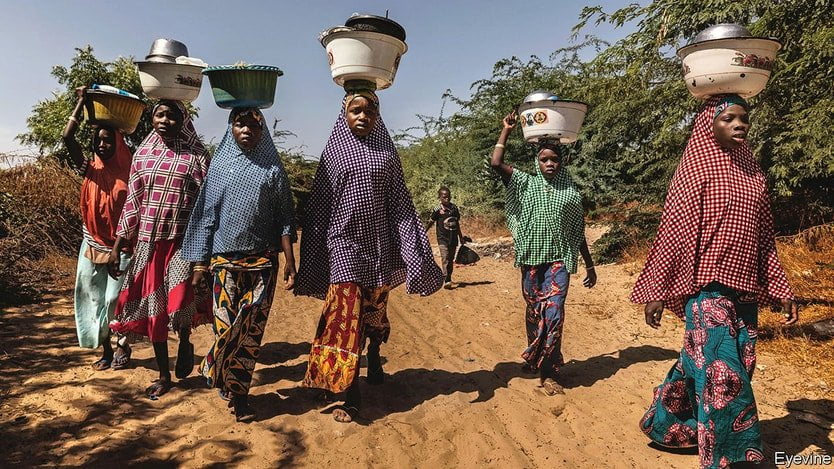
Often, people of marginalised genders form communities around such cultural traditions, leaving them most adversely impacted by their loss. One observes how those who have been traditionally or frequently involved in managing familial structures and engaged in unpaid labour—are the first to suffer the consequences.
Gendering implications of ecological degradation and action
Given that social constructs such as gender impact everything around us, it is inevitable that our environments are impacted by it too.
The UN identifies that a majority of women, especially in rural/coastal regions, are dependent on agricultural work, fishing and other occupations which are majorly impacted by the climate crisis. They have also been known to face greater risk during natural disasters due to lower capacity to adapt. With 70% of the 1.3 billion people living in poverty being women, they tend to also struggle with many dependents and greater insecurity.
Hence, the climate crisis both exacerbates existing inequities between genders, and is aggravated by these same inequities. When finance, leadership, decision- and policy-making power is fisted by only ignorant cis men, the world is festered by issues such as menstrual waste pollution.
Our climate action, finance and justice ought to be focused on ensuring every life has the right to live—to grow and to be happy. Biorights allows for more good than the speciesist limitations of mere humanitarian efforts.
When seed-funding is being devoted to EVs and disaster relief is being financed, few consider the importance of subsidising and providing sustainable menstrual products, psychological wellness facilities and all-round inclusive healthcare systems. Few consider the importance of financing heavily-impacted regions.
Did you notice that both those Scottish and Denmark decision-making leaders were women?
On the road to intersectional climate aid
Essentially, the fundamental approach to ecological harmony is social justice—hence, any action (economical or voluntary) that goes towards improving livelihoods and societies is climate action. A strong societal, intercommunal bond will be a foundation for our future survival together as the severe repercussions we face (of our past and present environmental destruction) worsen.
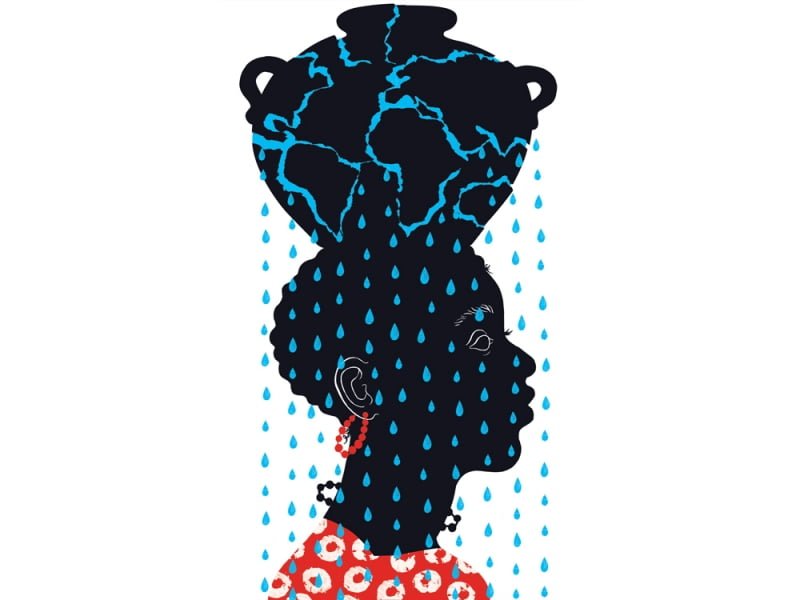
Our climate action, finance and justice ought to be focused on ensuring every life has the right to live—to grow and to be happy. Biorights allows for more good than the speciesist limitations of mere humanitarian efforts.
The first step to protecting our ecosystems is to ensure equal representation of people of different identities in all fields, at every “level”. Whether that be finance, the arts, the sciences, international relations, politics—today, every occupation is tinted green. Both global leadership and local grassroots organisations must strive to be inclusive.
The second step is to identify the extents to which that green tint permeates our lives. It is necessary to understand how the money that flows through us has the power to do anything from planting trees (natural carbon sequestration technology) to providing warm, dry clothes to flood survivors.
Money is, in-fact, typically the most utile when it comes to loss-and-damage and/or relief, because it allows for the flexible, equitable needs to be met. For instance, the local citizens of a disaster-struck habitat may require bricks as opposed to the cartons of clothes being donated to them. An individual’s liberty to be able to choose how they want to invest/use their resources should always be honoured.
And the third step, is to check our privilege, our power, our roles and abilities as consumers, employees, students, leaders, entrepreneurs, scientists, taxpayers, citizens, humans, bodies of life.
We need more inclusive research, more transparent systems, and more sustainable finance. We need more honest people willing to make a difference: however small or large. We need intersectional climate justice.
References
- Osborne, Margaret. “Denmark Will Pay ‘Loss and Damage’ to Developing Countries for Climate Change Impacts.” Smithsonian Magazine, 21 September 2022.
- TRANSPARENCY INTERNATIONAL. “Corruption_free_climate_finance.” Transparency.org, 2022.
- Mandal, Koyel Kumar, ‘Climate Finance’, in Navroz K. Dubash (ed.), India in a Warming World: Integrating Climate Change and Development (Delhi, 2019; online edn, Oxford Academic, 19 Dec. 2019).
- “Explainer: How gender inequality and climate change are interconnected.” UN Women, 28 February 2022.
